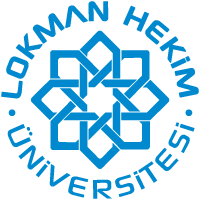| dc.description.abstract | Interferon (IFN) family has a significant impact on both SARS-CoV and SARS-CoV-2. The aim of this current bioinformatics study is to assess IFN-gene family alterations following the SARS-CoV infection in association with the iron metabolism and lymphoid biology.Gene expression data of human bronchial epithelial cells treated with SARS-CoV for 12, 24, 48 hours were obtained from Array Express (GSE17400). In order to use the obtained data in other targeted analyses,the raw data were normalized by robust multisequence analysis in accordance with the procedure in the Affy package in R. These data consist of 23344 genes (54675 probe sets). In addition, each gene has three repeated expression data values for 12, 24, 48 hours, respectively. For the 48 hours group,positive regulations of the natural killer (NK) cell activation and NK cell-mediated cytotoxicity, as well as hematopoietic stem cells proliferation,were found to be more significant regard to their nominal p-value, family-wise error rate, and false discovery rate (q-value) calculated by gen set enrichment analysis. The gene sets with nominal (NOM) p-value < 0.01, false discovery rate (FDR) q-value <= 1, and familywise error rate (FWER) < 1 considered as significantly correlate between compared groups. Our study exhibited that important IFN genes (IFNAR2, IFNA10, IFNA1, IFNLR1, IFNA21, IFNA4, IFNL2, IFNL1, IFNA16, IFNA17) behave like immune genes that show low expression in 12 hours virus exposure, unlike demonstrate high gene expression at 48 hours virus exposure. Likewise, three IFN genes (IFNAR1, IFNGR1, IFNG) have high expression levels at the 12 hours exposure and low expressions at the 48 hours virus expression. All of these interferon genes expression were highly correlated and statistically significant (p< 0.05, pearson r-value > 0.8) with exposure time to the virus. These results suggest that hematopoietic stem cell proliferation pathway is affected by the viral SARS-CoV infection. | en_US |















